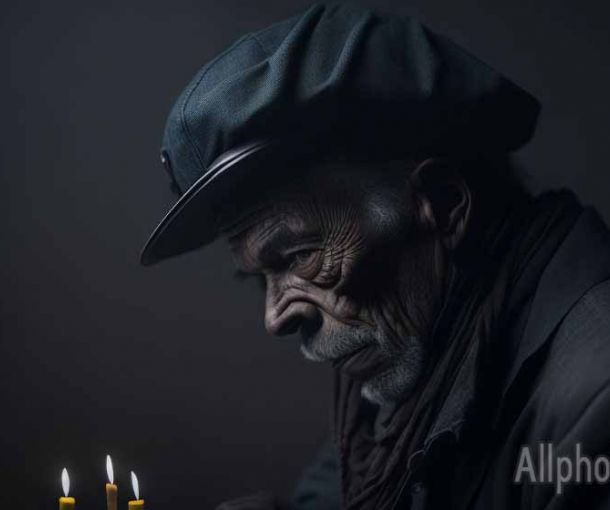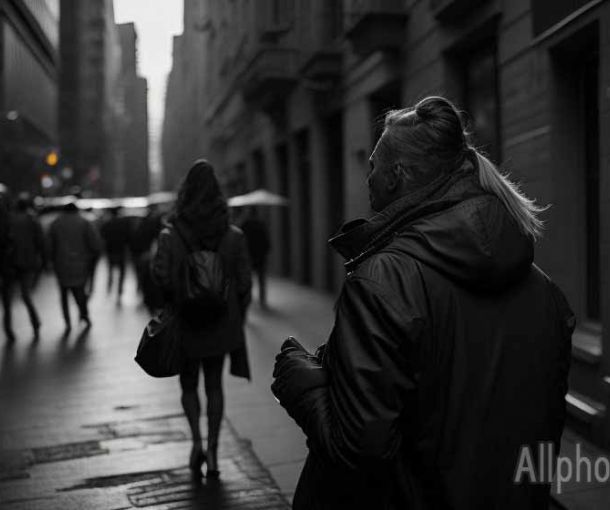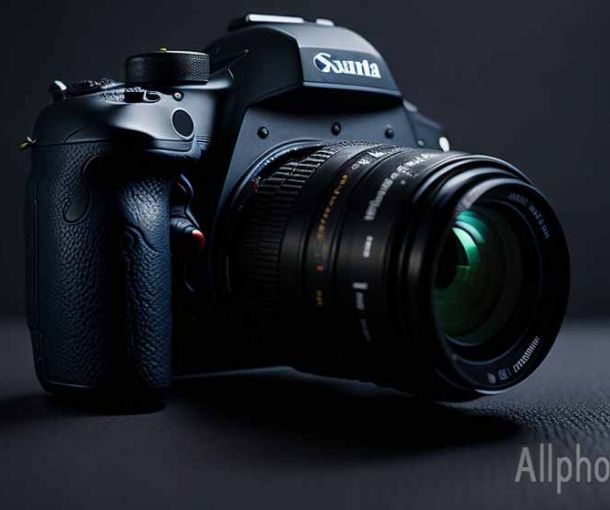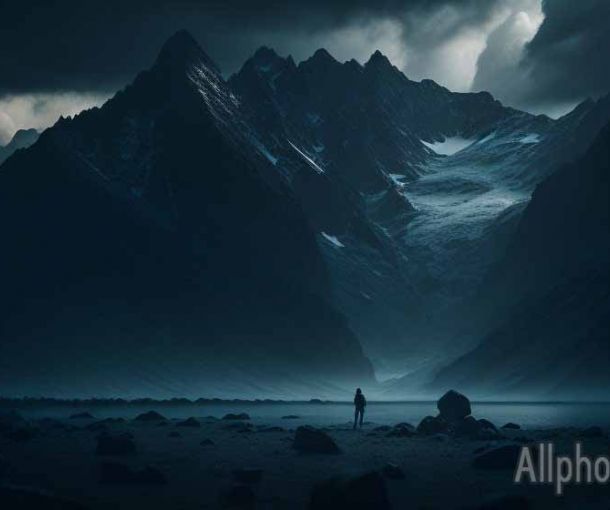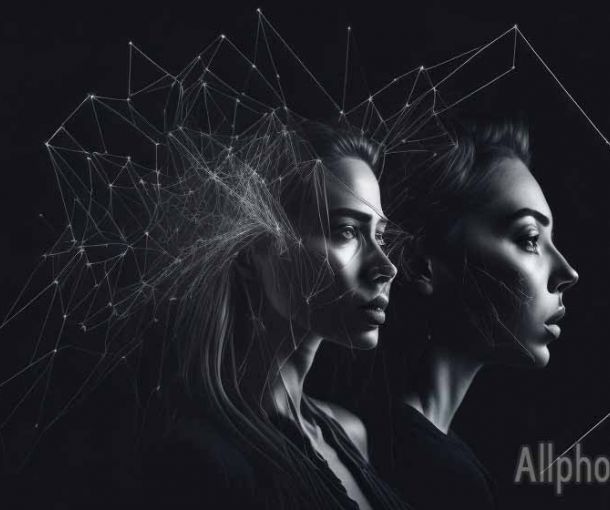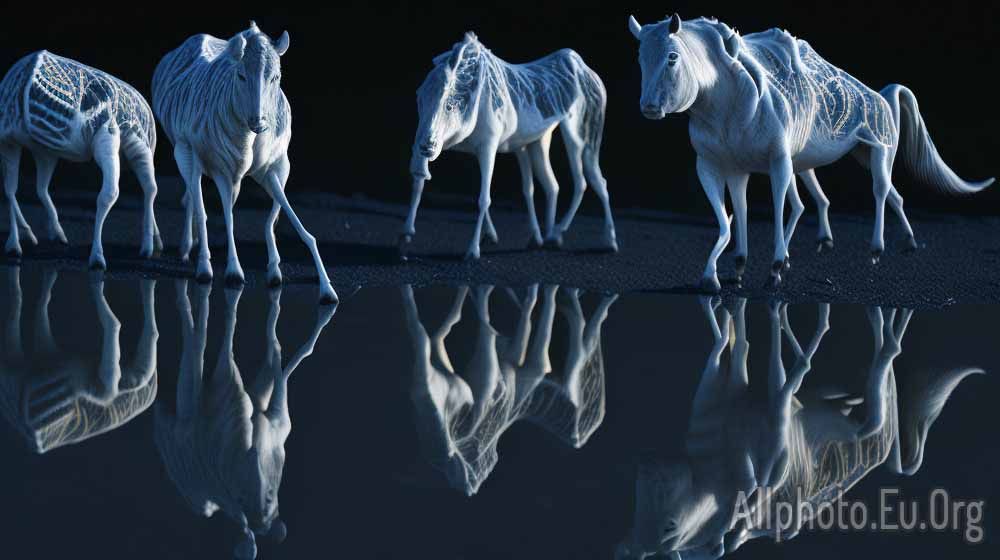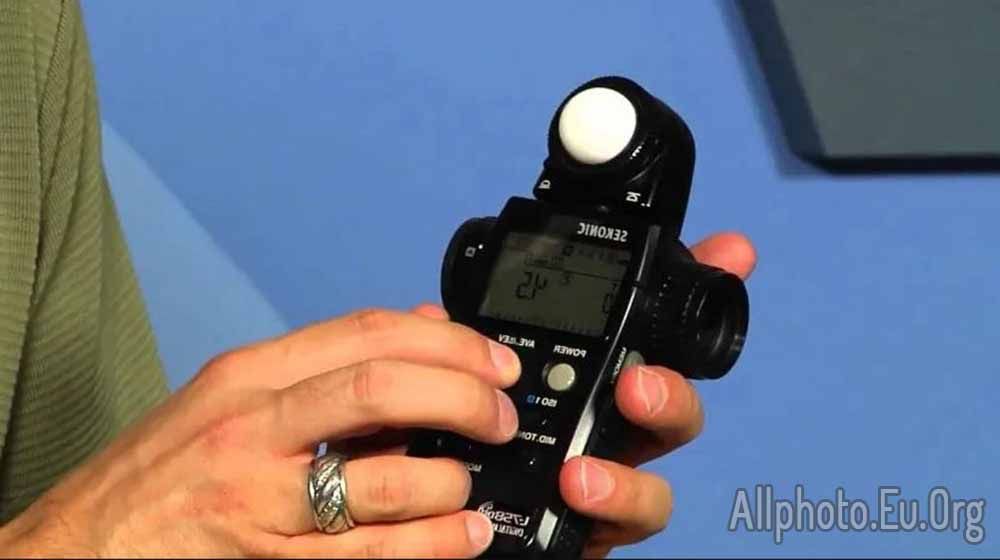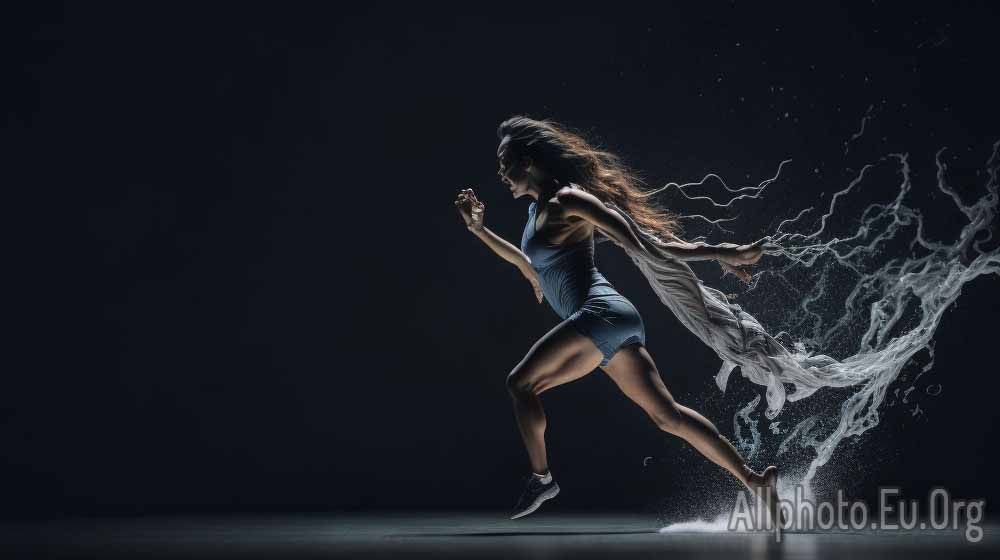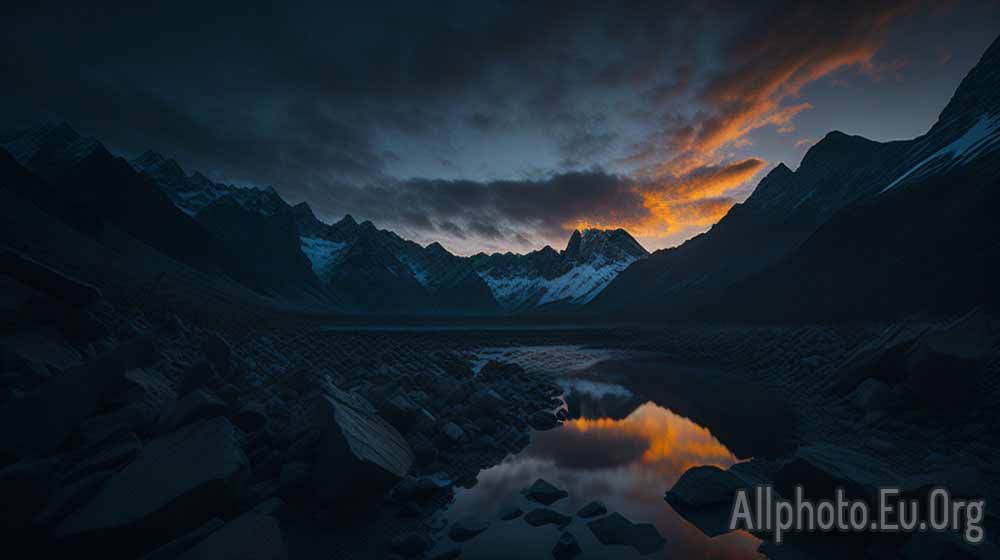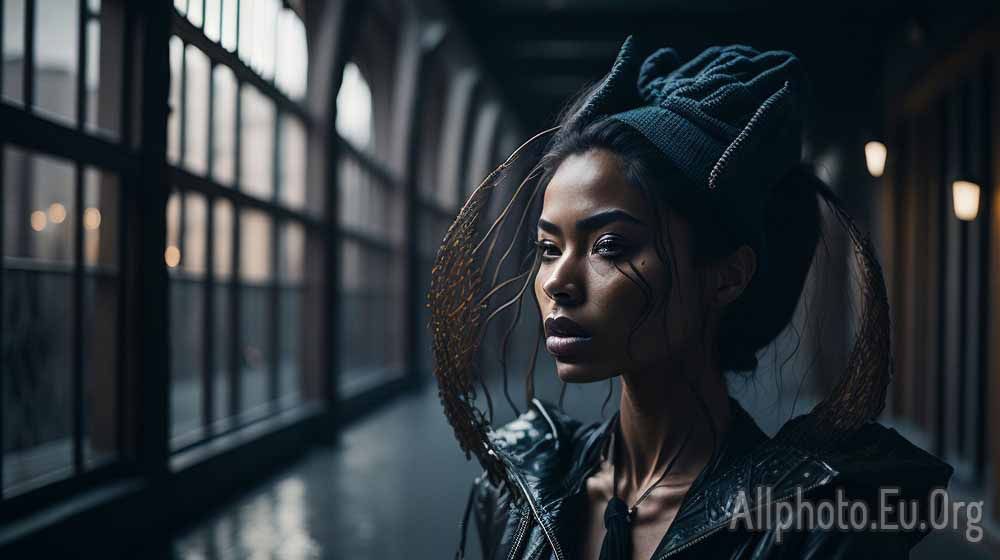The Role of Color Contrast in Photography: Creating Vibrant and Bold Images
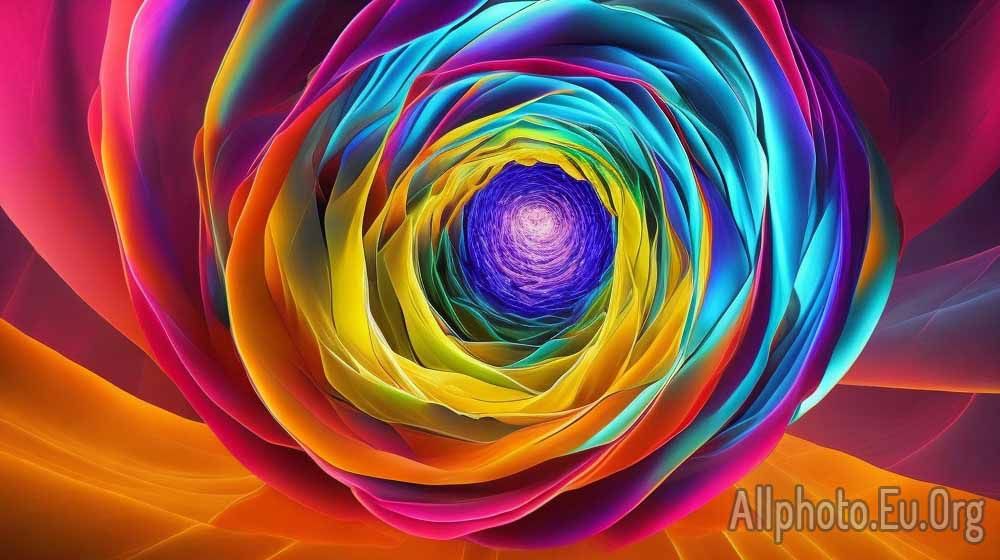
Color contrast is a fundamental concept in photography that can make or break an image. The right color contrast can create a vibrant and bold image, while the wrong color contrast can make an image look dull and lifeless. In this article, we will explore the role of color contrast in photography and how to use it to create stunning images.
What is Color Contrast?
Color contrast is the difference in hue, saturation, and brightness between two or more colors in an image. The contrast can be high or low, depending on the colors used in the image. High contrast is when the colors in the image are very different from each other, while low contrast is when the colors are similar or have little variation.
There are two types of color contrast: complementary and analogous. Complementary colors are opposite each other on the color wheel, such as red and green or blue and orange. Analogous colors are next to each other on the color wheel, such as red and orange or blue and green. Complementary colors create high contrast, while analogous colors create low contrast.
Why is Color Contrast Important?
Color contrast is important because it can create a mood or emotion in an image. High contrast can create a dramatic or intense feeling, while low contrast can create a calm or peaceful feeling. Color contrast can also help to emphasize certain elements in an image, such as a subject or object.
In photography, color contrast is often used to create depth and dimension in an image. By using colors that contrast with each other, photographers can make certain elements in an image stand out and appear more three-dimensional. Color contrast can also be used to create visual interest and draw the viewer's eye to different parts of the image.
How to Use Color Contrast in Photography
There are several ways to use color contrast in photography. One way is to use complementary colors to create a high-contrast image. For example, a photograph of a red flower against a green background would create a high-contrast image because red and green are complementary colors. This would make the flower stand out and create a dramatic effect.
Another way to use color contrast is to use analogous colors to create a low-contrast image. For example, a photograph of a sunset with shades of orange, yellow, and pink would create a low-contrast image because these colors are analogous. This would create a calm and peaceful effect and give the image a warm and inviting feel.
Color contrast can also be used to create a monochromatic image, which is an image that only uses one color in different shades and tones. For example, a black and white photograph is a monochromatic image because it only uses shades of gray. By using different shades and tones of the same color, photographers can create a visually interesting image that has depth and dimension.
Tips for Creating Vibrant and Bold Images with Color Contrast
Here are some tips for using color contrast to create vibrant and bold images:
- Use complementary colors to create high-contrast images that grab the viewer's attention.
- Use analogous colors to create low-contrast images that have a calm and peaceful feel.
- Use monochromatic colors to create visually interesting images that have depth and dimension.
- Consider the color temperature of the light when selecting colors for your image. Cool colors, such as blue and green, have a calming effect, while warm colors, such as red and yellow, have a stimulating effect.
- Experiment with different color combinations to see what works best for your image. Try using a color wheel or color chart to help you select colors that work well together.
- Don't be afraid to use bold and vibrant colors in your images. Bright colors can create a sense of energy and excitement, while muted colors can create a sense of calm and tranquility.
Conclusion
Color contrast is a powerful tool in photography and can be used to create vibrant and bold images. By using complementary, analogous, or monochromatic colors, photographers can create images that evoke different emotions and moods. It is important to consider the color temperature of the light when selecting colors for an image and to experiment with different color combinations to find the best one for the image.
When used effectively, color contrast can make an image stand out and grab the viewer's attention. It can also be used to create depth and dimension in an image and emphasize certain elements. By understanding the role of color contrast in photography and how to use it, photographers can take their images to the next level and create stunning works of art.
In conclusion, understanding the importance of color contrast in photography is essential for creating vibrant and bold images. By using complementary, analogous, or monochromatic colors and considering the color temperature of the light, photographers can evoke different emotions and moods in their images. Experimentation with different color combinations is key to finding the perfect balance and creating visually interesting images.
Tags
Latest Articles
Most Read
All Tags
Subscribe
Donate
Please consider supporting our efforts.
© 2023 All-Photo.Cf All rights reserved.
